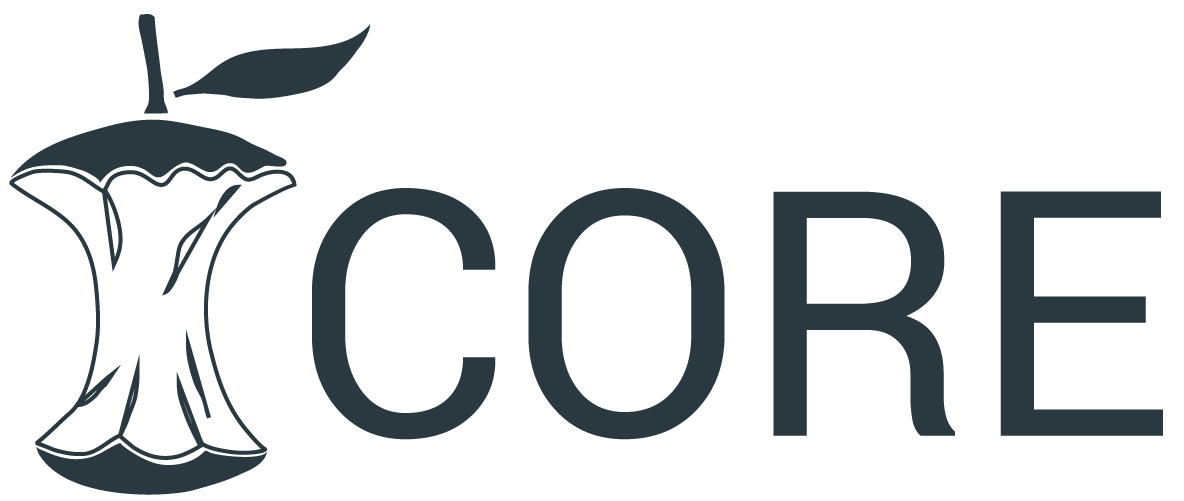Genetic Variability, Heritability and Genetic Advance of Dry Matter Yield and Yield Contributing Characters in Rhodes Grass (Chloris gayana) Genotypes
DOI:
https://doi.org/10.5281/zenodo.14504693Keywords:
correlation, dry matter, genotypic, heritability, negative, phenotypic, positiveAbstract
Information on the communal association of traits is important for effective selection in forage-breeding program. Twenty four genotypes of Rhodes grass and one check were evaluated at Mechara Agricultural Research site (Onstation) with lattice design in 2023/24 main rainy season to evaluate Genetic variability, heritability and genetic advance of dry matter yield and yield contributing characters in Rhodes grass genotypes. The mean sum of squares of genotypes showed significant differences (p < 0.05) for stand vigor, days to 50% emergence, date to 50% flowering and Plant height and highly significant (p < 0.001) for biomass yield, dry matter and number of leaf per plant. Maximum phenotypic variance and genotypic variance value was recorded for days to maturity. The range observed for heritability (H2bs) was from (0.0%) to (55%). Stand vigor exhibited highest value of genetic advance as percentage of mean followed by number of leaf per plant. Highest genotypic coefficient variation were recorded from days to maturity (89.8%) flowed by Plant height (62.3%) and Highest phenotypic coefficient variation were recorded from plot cover (184.9%) followed by days to maturity (225.4%). Phenotypically and genotypically dry matter yield was highly positive significant associated with of Plot cover (0.546**), stand vigor (0.566**), leaf per plant (0.439**) and showed highly negative significant with days to 50% emergence. The results of phenotypic path coefficient analysis showed that stand vigor (0.378) and leaf per plant had exerted moderate positive direct effect on dry matter. stand vigor followed by plant height, plot cover and leaf per plant had exerted high and positive direct effect on dry matter yield and genotypic path analysis showed stand vigor followed by plant height, plot cover and leaf per plant had exerted high and positive direct effect on dry matter yield. This indicates that selection based on these traits could be more effective to maximize dry yield.
Downloads
References
Abdul Matin Azimi, Dr. Shailesh Marker, & Indranil Bhattacharjee. (2017). Genotypic and phenotypic variability and correlation analysis for yield and its components in late sown wheat (Triticum aestivum L.). Journal of Pharmacognosy and Phytochemistry, 6(4), 167-173.
Akililu M, & Alemayehu M. (2007). Measurements in pasture and forage crop systems. Technical Manual, EIAR, Addis Ababa, Ethiopia.
Arshad, I. (2020). Performance of different rhodes grass varieties under the agro-climatic conditions of Sindh, Pakistan. Int. J. Res. Appl. Sci. Engin. Technol, 3(7), 36-41.
Arshad, I., Ali, W., Khan, Z.A., & Bhayo, W.A. (2016). Effect of water stress on the growth and yield of rhodes grass (Chlorisgayana L. Kunth.) PSM Biol. Res., 01(2), 58-61.
Burton GW, & Vane de EH. Estimating heritability in tall fescue (Festuca arundinacea L.) from replicated clonal material. Agronomy of Journal, 19.
Ecocrop. (2014). Ecocrop data base. FAO, Rome, Italy.
Falconer, D.S., & Mackay, F.C. (1996). Introduction to quantitative genetics. New York: Longman.
FAO. (2014). Grassland index. A searchable catalogue of grass and forage legumes. FAO, Rome, Italy.
Hanson, C. H., H. F. Robinson, & R. E. Comstock. (1956). Biometrical studies of yield in segregating populations of Korean Lespedza. Agron. J., 48, 268-272.
Johnson HW, Robinson HE, & Comstock RE. (1955). Estimates of genetic and environmental variability in soybean. Agron. J., 47, 314-318.
Muchero, W., Ehlers, J.D., & Roberts, P.A. (2008). Seedling stage drought-induced phenotypes and drought-responsive genes in diverse cowpea genotypes. Crop Science, 48, 541-552.
Sivasubramanian S, & Madhavamenon P. (1973). Genetic analysis of quantitative characters in rice through diallel crosses. Madras Agricultural Journal, 60, 1097-1102.

Published
How to Cite
Issue
Section
ARK
License
Copyright (c) 2024 Lensa Urgesa, Jibrail Hassen, Tamirat Dinkale

This work is licensed under a Creative Commons Attribution 4.0 International License.
Research Articles in 'Applied Science and Biotechnology Journal for Advanced Research' are Open Access articles published under the Creative Commons CC BY License Creative Commons Attribution 4.0 International License http://creativecommons.org/licenses/by/4.0/. This license allows you to share – copy and redistribute the material in any medium or format. Adapt – remix, transform, and build upon the material for any purpose, even commercially.










